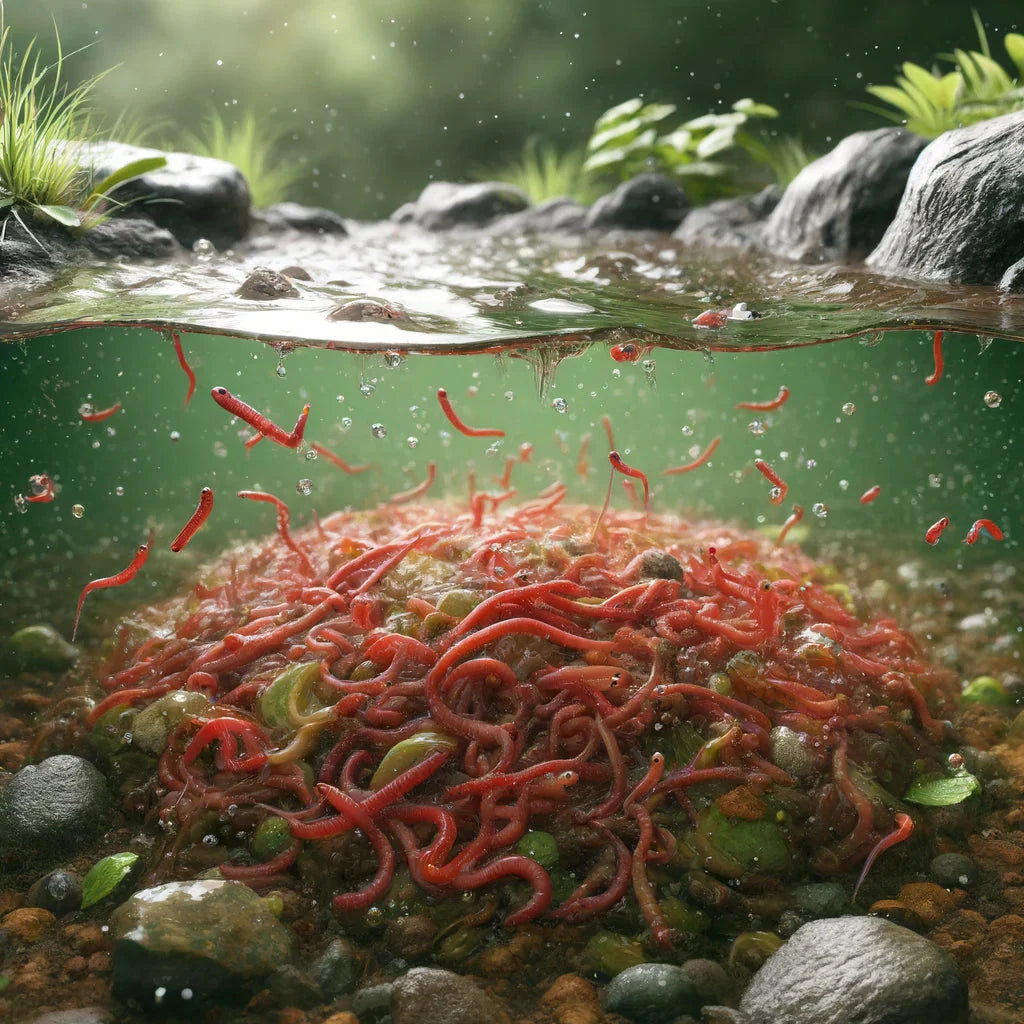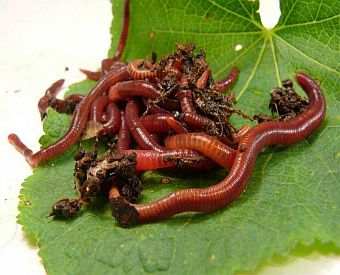Utilizing Red Wigglers for Reliable Organic Waste Disposal
Making use of red wigglers for organic garbage disposal offers an engaging method to taking care of food scraps while advertising environmental sustainability. These worms not just improve waste decay but additionally produce beneficial worm spreadings, which can dramatically boost dirt health and wellness. Their capacity to process large quantities of natural material with very little effort settings them as an accessible solution for houses and areas alike. Nevertheless, comprehending the subtleties of establishing an effective worm bin and maintaining an optimum environment is critical for maximizing their advantages. The next actions in this process might shock you.
Advantages of Using Red Wigglers
One of the most engaging advantages of making use of red wigglers for organic garbage disposal is their remarkable efficiency in composting. These worms, scientifically called Eisenia fetida, are specifically adjusted for damaging down organic materials, allowing them to refine waste approximately twice their body weight every day. This rapid decomposition not just increases the composting procedure however also creates nutrient-rich worm spreadings that significantly enhance soil high quality.
Additionally, red wigglers add to a reduction in landfill waste. By diverting organic products from landfills, they assist lessen methane emissions-- a potent greenhouse gas. This eco-friendly benefit is critical in the fight against climate adjustment.
Furthermore, red wigglers are low-maintenance and can grow in numerous settings, making them available for both amateur and skilled composters. Their ability to recreate promptly makes certain a constant population, promoting ongoing waste processing.
Establishing Your Worm Container
Developing a reliable worm container is important for making the most of the benefits of composting with red wigglers. Ensure the bin has adequate water drainage openings to stop excess wetness, as red wigglers thrive in a moist however not soggy atmosphere.
(Lake Hickory Bait)Next, prepare the bed linen material, which serves as the worms' habitat and food resource. The bin ought to be placed in a dark, temperature-controlled area, preferably in between 55 ° F and 77 ° F, to maintain worm task.
When the container is set up, present the red wigglers, permitting them to accommodate to their brand-new atmosphere. A well-maintained bin will certainly not only sustain the health of the worms yet additionally facilitate efficient decay of natural waste.
(red wiggler compost bin)
What to Feed Red Wigglers
An understanding of the proper diet plan for red wigglers is essential for maintaining a healthy worm populace and optimizing composting effectiveness. Red wigglers grow on a diverse diet regimen that mainly consists of natural materials. Perfect food sources consist of vegetable scraps, fruit peels, coffee premises, eggshells, and shredded paper. These items not only provide essential nutrients yet additionally add to the dampness balance within the worm container.
It is vital to stay clear of specific foods that can damage the worm populace. Red wigglers must not be fed meat, dairy items, oily foods, or refined items, as these can attract bugs and produce unpleasant smells. red wigglers. Additionally, citrus fruits and spicy foods should be lessened, as their acidity can be detrimental next to worms
Keeping track of the worm container for food usage rates will certainly help ensure that red wigglers are obtaining an ample diet regimen while preserving a reliable composting environment. Appropriate feeding techniques are essential for promoting a growing environment within the worm bin.
Preserving Your Worm Habitat
A well-kept worm environment is vital for the health and wellness and performance of red wigglers. To make certain optimum problems, it is essential to monitor temperature, moisture, and aeration within the worm bin. Red wigglers prosper in a temperature level range of 55 to 77 levels Fahrenheit. Exceeding this variety can stress the worms, so it's vital to place the bin in an appropriate location away from straight sunlight and severe temperatures.
Dampness levels ought to be kept regular; the bed linen needs to be wet but not soggy. An excellent rule of thumb is to preserve dampness at around 70% to 80%. If the bed linens comes to be too damp, it can bring about anaerobic problems that are harmful to the worms. Including dry carbon-rich materials, such as shredded paper or cardboard, can aid soak up excess dampness.

Utilizing Worm Spreadings in Horticulture
Rich in nutrients and useful microbes, worm spreadings work as an exceptional organic fertilizer for horticulture. Produced via the digestion processes of red wigglers, these spreadings consist of a variety of important nutrients, including nitrogen, phosphorus, and potassium, which promote durable plant development. Unlike synthetic plant foods, worm castings offer a slow-release mechanism, guaranteeing that nutrients are available to plants over a prolonged period, therefore decreasing the risk of nutrient leaching and dirt depletion.
Along with nutrition material, worm spreadings boost dirt framework and aeration, boosting dampness retention and drain. The microbial life present in worm spreadings assists to reduce virus and promotes a healthy soil ecosystem, additional benefiting plant wellness. When included right into the dirt or utilized as a top clothing, worm castings can dramatically boost seed germination prices, origin advancement, and overall plant vitality.
For optimal outcomes, gardeners should use worm castings at a price of 1-2 inches per square foot, blending them right into the dirt or including them right into potting mixes. On the whole, making use of worm castings is an eco-friendly strategy to enriching dirt fertility and making certain thriving garden settings.
Conclusion
